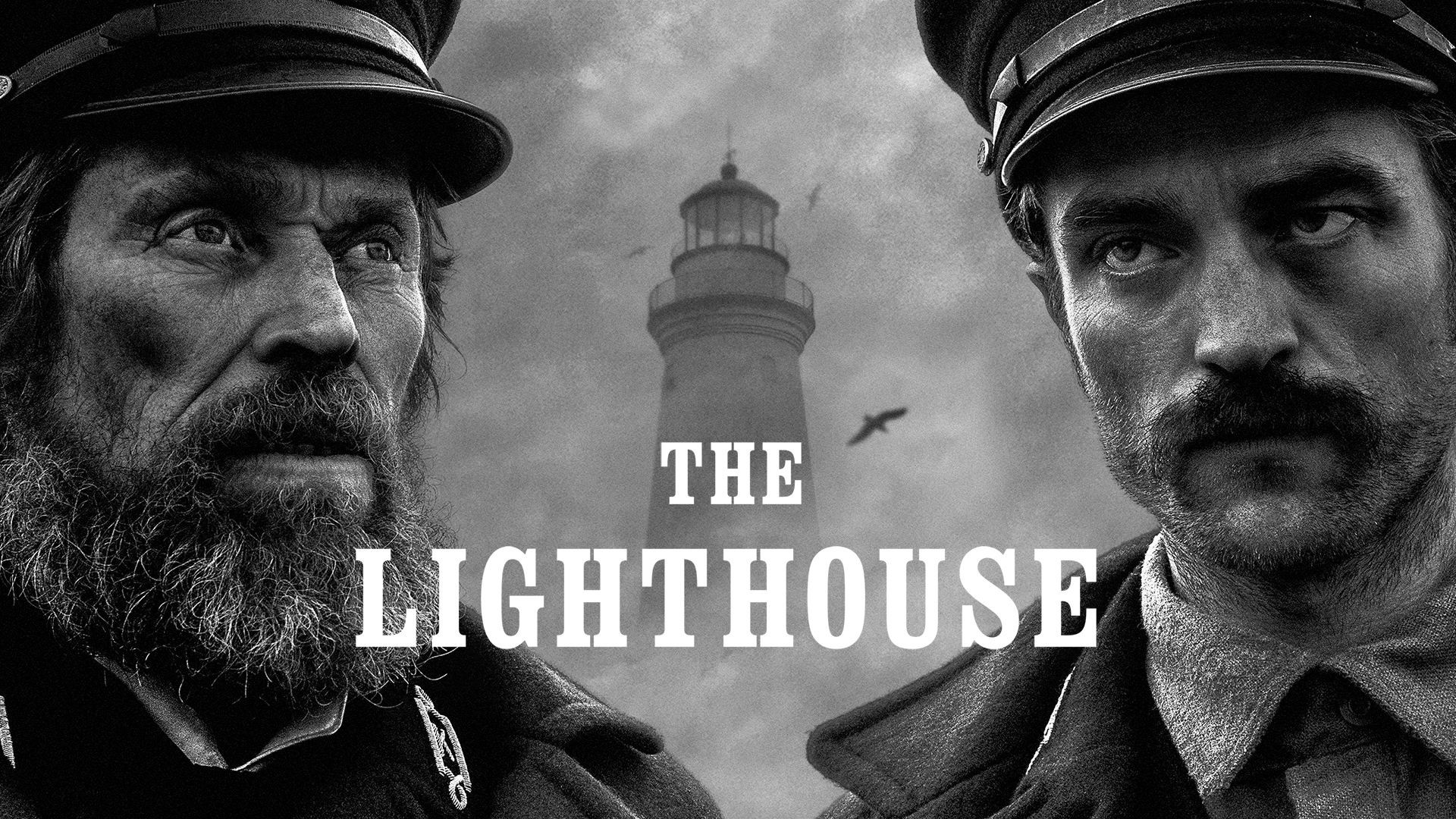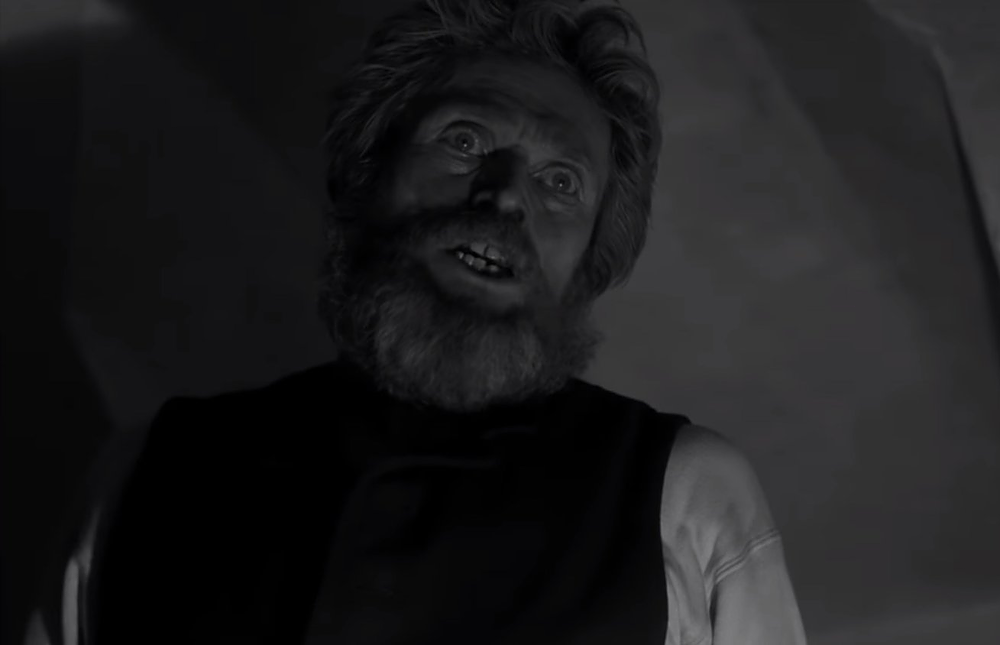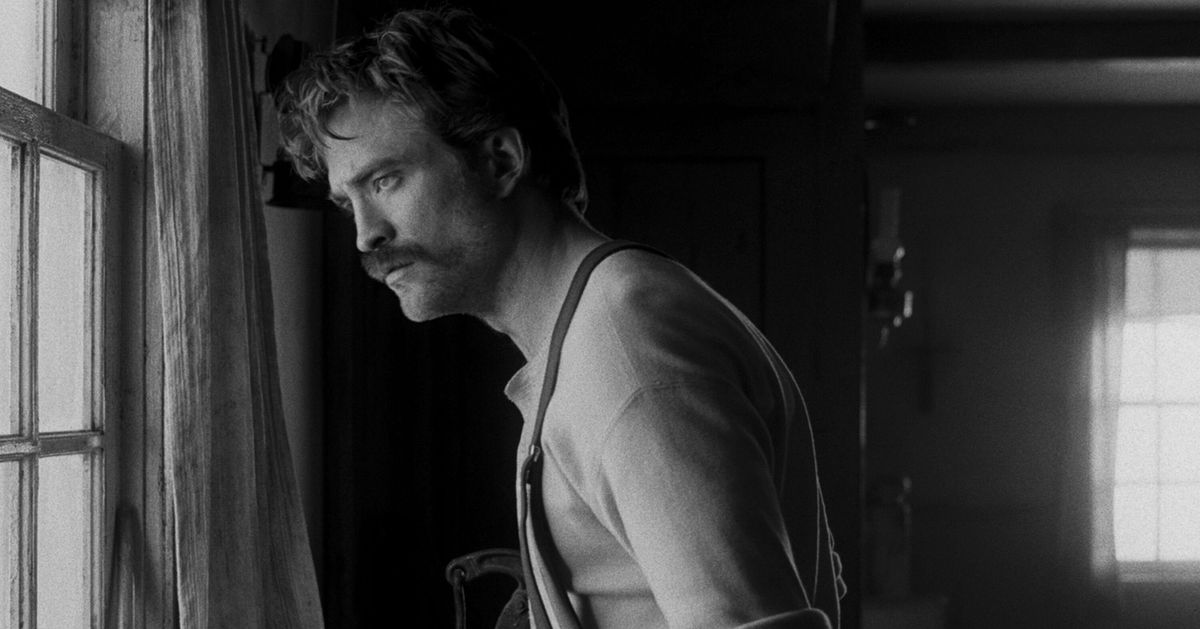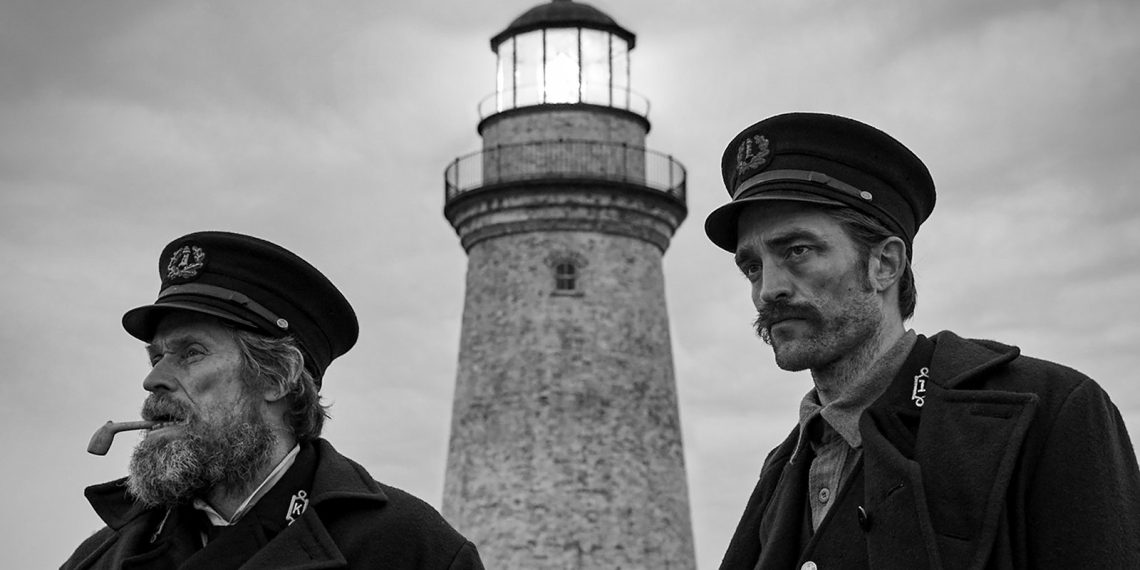In The Lighthouse, director Robert Eggers follows up his 2015 success, The Witch, with a film that is weirder, more creative, and filled with moments of absurdity. Eggers’ sophomore effort pushes boundaries, delivering an unsettling journey that leads to a wild and bizarre conclusion. After The Witch‘s success, Eggers faced high expectations for his next project, which he exceeded with The Lighthouse. This 2019 film builds on his reputation with a mix of unsettling visuals, psychological tension, and surreal storytelling.
Premiering at the 2019 Cannes Film Festival, The Lighthouse received the International Federation of Film Critics (FIPRESCI) prize, solidifying its place as one of the most unique films of the year. Distributed by A24, the movie has garnered critical acclaim for its originality and disturbing atmosphere. The story revolves around two lighthouse keepers, isolated on a remote island, who struggle with their sanity. Thomas Wake (Willem Dafoe) is a superstitious, heavy-drinking veteran, while Ephraim Winslow (Robert Pattinson) is a newcomer disillusioned by the monotony of the job. Tension escalates quickly as paranoia and delusions set in.
The Lighthouse Ending Explained

The core tension of The Lighthouse revolves around the relationship between Wake and Winslow. Initially, the two men have a somewhat cordial but strained dynamic. Wake seems to have adapted to the repetitive nature of lighthouse keeping, while Winslow grows increasingly agitated by the isolation and the oppressive work environment. As the days pass, Winslow begins to suspect that Wake may be losing his grip on reality, or that he was already unstable. This growing distrust forms the backbone of the narrative, as both men’s behavior becomes more erratic and unreliable.
Wake’s obsession with the lighthouse’s light becomes a point of contention. He is worshipful of the light, even possessive, forbidding Winslow from approaching it. This creates an additional source of tension and suspicion between the two, as Winslow begins to question Wake’s motives and his mental state. The story also takes a darker turn when Winslow’s true identity is revealed. His real name is Thomas Howard, a former lumberjack with a hidden past involving the real Ephraim Winslow, whose death may have been caused by Howard’s actions. As the story unfolds, Winslow’s unreliable narration casts doubt on his own sanity.
Unreliable Narratives and Paranoia
Throughout the film, neither Wake nor Winslow can be trusted, as both men have dark pasts and questionable motives. Wake’s behavior often veers between paranoia, obsession, and possible sexual tension with Winslow. As the days drag on, Winslow grows increasingly convinced that Wake is attempting to sabotage him, particularly after Wake intentionally gets him drunk to miss a scheduled ship pick-up. This leaves Winslow stranded, unable to return home, and further fueling his paranoia. With time and isolation working against him, Winslow becomes increasingly obsessed with Wake’s mental state, unsure whether he is being gaslighted or manipulated.
Eggers cleverly keeps the audience in the dark, weaving a narrative where truth and fiction are indistinguishable. The tension between the two men, coupled with the claustrophobic setting, draws viewers into a psychological spiral where neither the characters nor the audience can fully grasp reality. The result is a film that explores themes of guilt, isolation, and the fragility of the mind.

The Role of Farting in The Lighthouse
Amid the film’s unnerving tone, The Lighthouse also incorporates moments of humor, including frequent fart jokes. Willem Dafoe’s character, Wake, is a chronic farter, a detail that Robert Eggers uses to inject an element of absurdity into the story. While the farting may seem like a trivial inclusion, it serves to underline the film’s bizarre and unpredictable nature. In fact, the first fart is a signal to the audience that this film will take a far stranger direction than its predecessor, The Witch. The humor, often crude, adds to the film’s uncomfortable blend of misery and absurdity.
Eggers himself has acknowledged that The Lighthouse is a darker, more vulgar comedy compared to The Witch. The inclusion of humor, even in moments of tension, provides a contrast that makes the film even more unsettling. In an interview with Vice, Eggers explained that he wanted to create a balance between grimness and absurdity. The farting moments, while comical, serve as a reminder that even in the bleakest situations, laughter can emerge from the chaos.
The Ambiguity of the Ending
As the film progresses, the relationship between Winslow and Wake becomes increasingly violent and chaotic. During a climactic fight, Winslow kills Wake with a shovel and finally reaches the lighthouse’s light, which had been off-limits. The light’s true nature is left intentionally vague, but Eggers’ inspiration from H.P. Lovecraft suggests that it could be a gateway to some otherworldly, malevolent force. The light may also be a symbolic representation of forbidden knowledge or power, echoing the ancient and mythological significance of lighthouses like the Pharos of Alexandria.

After staring into the light, Winslow loses his sanity, laughing maniacally as he seems to burn. The light’s secrets remain locked away from the audience, enhancing the film’s air of mystery. Winslow’s fate takes a horrific turn when he is found on the shore, naked and ravaged by seagulls, including the one bird that tormented him throughout the film. This scene strongly evokes the myth of Prometheus, the Greek titan who stole fire from the gods and was punished by having his liver eaten by an eagle every day. If Winslow represents Prometheus, his punishment for daring to seize the lighthouse’s power could be eternal suffering.
A Cycle of Punishment or Guilt?
The ending of The Lighthouse leaves much to interpretation. One possibility is that Winslow’s fate is a cycle of punishment for his hubris in attempting to harness the light’s power, much like Prometheus. Alternatively, it could symbolize his internal guilt over the death of the real Ephraim Winslow. The supernatural forces at play in the film remain unclear, further enhancing its sense of ambiguity. Eggers’ skillful direction allows for multiple readings of the film, with each interpretation adding depth to its already complex narrative.
Ultimately, The Lighthouse stands as a masterclass in ambiguity and psychological horror. Its disturbing imagery, unreliable characters, and mythological themes make it a film that lingers long after the credits roll. Whether the events are a manifestation of guilt, a supernatural curse, or simply a descent into madness, the film’s open-ended nature allows for endless interpretation, making it one of the most fascinating and unsettling cinematic experiences of the year.




